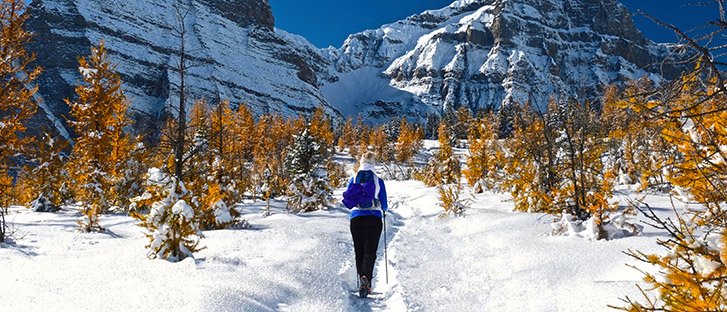On Thursday, Alberta Environment and Parks opened public consultation on the use of Crown lands including parks and public lands; trail creation; and access fees. Yellowstone to Yukon (Y2Y) Conservation Initiative welcomes this step but say the process blurs the lines between public and park land, designations with different management needs and approaches.
“We’re pleased that the government is taking a deeper look at the management of Alberta’s public lands and parks system. Albertans value the water, wilderness and recreation opportunities the province’s Crown lands provide, and we expect they’ll be eager to engage,” says Hilary Young, senior program manager at Y2Y.
However, parks need to be managed differently that unprotected lands, Young says. Many parks are established with the explicit intent of protecting wildlife and their habitat over the long-term.
“By managing parks and public lands under the same umbrella, there is a risk that the conservation value of these parks, including ecological reserves, wilderness areas, heritage rangelands, and more, will suffer,” she says.
“What is allowed on public land in one area, for example industrial development or motorized recreation, may not be sustainable in public lands elsewhere in the province, and nor in parks. It’s a slippery slope.”
Overall, people’s passion for parks, public lands and nature is on the rise, says Young. Alberta has seen consistent growth the past few years in people heading for outdoors, including visitation to national and provincial parks, public land and provincial recreation or wilderness areas.
While fees and partnerships are ways to support recreation, Y2Y is concerned about continued access for those who can’t pay to play. This model also ignores evidence that well-managed and supported parks can be economic drivers, says Young.
“Research by the Canadian Parks Council shows for every dollar spent on parks, $6 is generated in GDP. Continued investment in what people want is needed. Parks are a way to create jobs during economically challenging times, and also make sure we have healthy wildlife, waterways and wilderness for years to come.”
Y2Y welcomes this consultation process but requests the government create a similar process for February’s widely-criticized proposed changes to 175 parks in the system, including closures and removals. They should also do consultation on their overturning of the 1976 ban on open-pit coal mining, which opens up 53,000 square kilometers for potential mining.
“If decision-makers truly want to hear from all Albertans on public land access, they will consult properly. People have been asking for clear answers to their questions around the closures and partnerships program for months now. We need to get that right before proceeding with additional changes,” she says.


